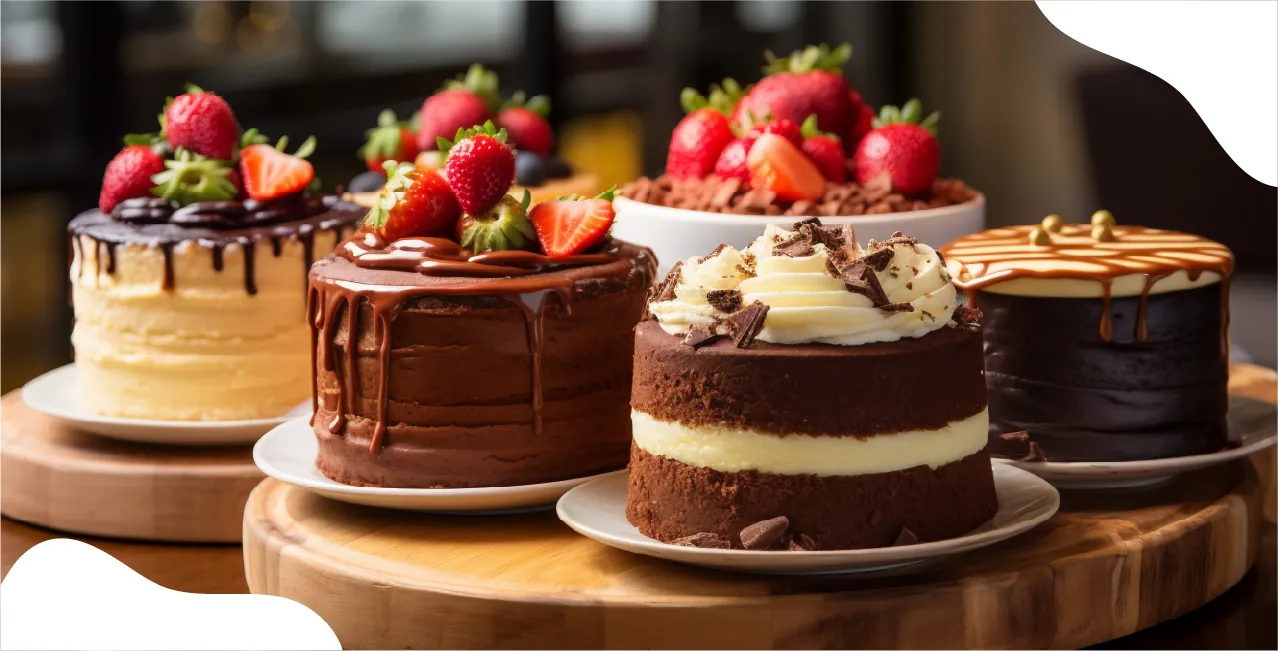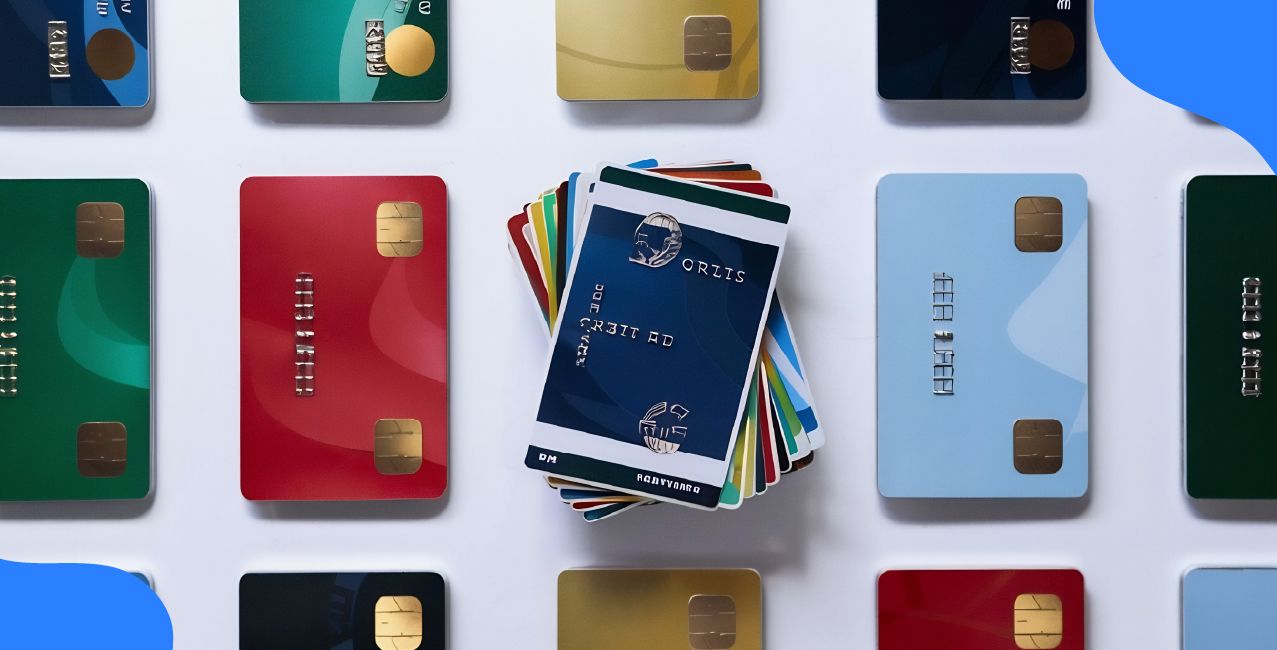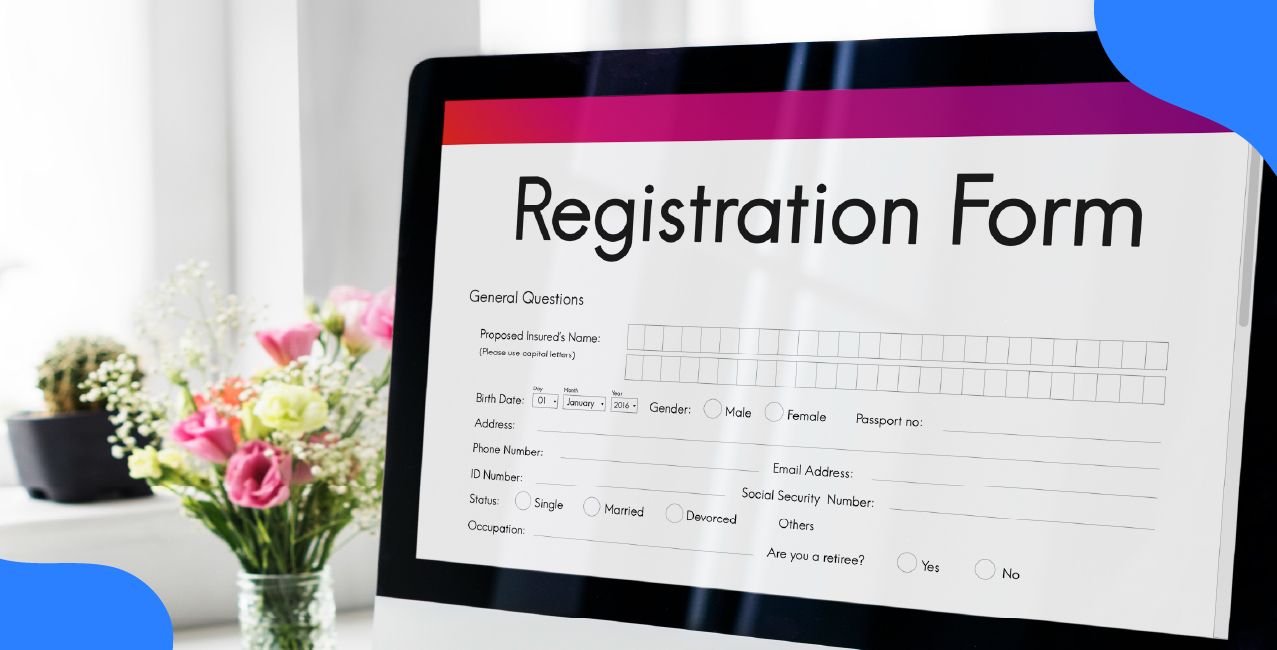
Author
LoansJagat Team
Read Time
7 Min
17 Jul 2025
GST on Cake – Tax Rate, Classification & Billing Explained
Buying a chocolate truffle cake worth ₹1,000 for your best friend’s birthday. You swipe your card, and the bill says ₹1,180. That extra ₹180? That’s GST, the hidden icing on every cake you buy.
Whether it’s a quick cupcake from your local bakery or a towering designer cake from a luxury patisserie, Goods and Services Tax (GST) applies uniformly to all types of cakes sold in India. But why? After all, cake is a bakery product just like bread, right?
GST on Cake – Overview
Cakes are a beloved part of every Indian celebration, birthdays, weddings, festivals, and even office promotions. But under GST regulations, cake doesn’t enjoy the same tax-free status as bread.
Unlike bread, which is considered an essential food item and often exempt from GST, cake falls under “prepared food products.” This makes it fully taxable, even if it’s made at home, in a bakery, or bought at a cafe.
The applicable GST rate on cakes is 18%, regardless of:
- Brand
- Packaging
- Purchase point (bakery, restaurant, or online)
GST Rate on Cake – With Price Examples
Whether you’re buying from a roadside bakery or ordering online from a premium dessert bar, the tax rate remains the same.
HSN Code for Cakes under GST – The Technical ID Behind Every Slice
In the world of GST, every product isn’t just taxed—it’s coded.
That’s where the HSN Code (Harmonised System of Nomenclature) comes in. It’s like the Aadhaar number for goods—an internationally recognised classification that decides which tax rate applies to what product.
Whether you're selling a classic vanilla sponge or a custom-designed fondant masterpiece, the HSN code helps the GST system identify your product and apply the correct tax.
Here’s the standard code for cakes:
This code doesn’t just include one or two types of cake; it’s an umbrella classification that covers almost every bakery delight that goes in the oven and comes out sweet, soft, and ready to eat.
Here’s a quick breakdown:
- Birthday Cakes: That one you order with a printed edible photo? Covered under 1905.
- Pastries: Your bakery’s best-selling choco-cream pastry? 1905.
- Dry Cakes: Plum cake for Christmas or a loaf cake with tea? 1905.
- Cupcakes: Those mini, frosted, Instagram-worthy delights? Still 1905.
- Muffins: Banana walnut or blueberry morning muffins? Also 1905.
- Designer Cakes: Three-tier fondant creations with edible gold? Yes, 1905 again.
Even if you’re ordering an eggless, gluten-free, or sugar-free version of any cake, the HSN code remains the same: 1905.
Example: Let’s say Richa owns a home-based bakery in Pune. She bakes:
- 10 birthday cakes (₹800 each)
- 30 cupcakes (₹80 each)
- 5 dry fruit loaves (₹300 each)
Here’s her monthly revenue breakdown:
All of these items fall under HSN Code 1905, so Richa must charge 18% GST on ₹11,900, which equals ₹2,142.
Total amount billed to customers = ₹14,042
She can also claim Input Tax Credit (ITC) on inputs like flour, whipping cream, baking trays, and utilities, provided she is registered under GST and uses the correct HSN code on invoices.
Why It’s Important to Use the Right HSN Code?
- Prevents Penalties – Misreporting or omitting HSN codes can lead to notices from the GST department.
- Helps Claim Input Tax Credit (ITC) – Correct classification ensures seamless credit claims.
- Required on Invoices – Businesses with turnover above ₹5 crore must mandatorily mention HSN codes on every invoice. For smaller businesses, it’s still recommended.
- Builds Trust with Customers – Transparency in billing builds credibility and simplifies compliance for both parties.
Types of Cake and Their GST Applicability
Not all cakes are created equal, but under GST law, they’re all treated the same when it comes to taxation.
Whether you're buying a fancy fondant masterpiece or a humble dry tea cake, GST applies uniformly at 18%. The only variation lies in how the cake is packed or served.
Here’s a breakdown of common cake types and their GST treatment:
Even if the cake is, it is still taxable at 18% under the GST regime.
- Custom-made for a child’s birthday
- Delivered without branding
- Prepared fresh without preservatives
- Sold from a home-based bakery
Example: Let’s say a customer walks into Sweet Crumbs Bakery and orders:
- 1 Designer fondant cake for ₹1,500
- 4 Cupcakes at ₹100 each = ₹400
- 2 Dry fruit tea cakes at ₹250 each = ₹500
Total base value: ₹2,400
GST @18% = ₹432
Total payable by the customer = ₹2,832
Whether dine-in, takeaway, or home delivery, GST applies to the entire value.
Impact of GST on the Cake Industry
When the 18% GST rate was introduced for cakes under the HSN code 1905, it brought both opportunities and challenges for bakery businesses. Let’s understand how the cake industry has been affected since the GST implementation.
Positive Outcomes
- Input Tax Credit (ITC) Benefit
Cake shops and bakeries can claim ITC on almost everything used in baking—raw ingredients, baking tools, packaging material, even rent and electricity used in the bakery.
This has helped many organised businesses improve their margins and manage working capital more efficiently.
Example:
A bakery buys baking chocolate, flour, sugar, cake boxes, and edible glitter, paying ₹10,000 with ₹1,800 GST. They can claim this ₹1,800 as ITC against their GST liability on sales.
- Uniform Taxation Across States
Before GST, tax rates for cakes varied by state—some imposed VAT, others added service tax for dine-in. GST has removed that confusion with a flat 18% rate pan-India.
This is especially helpful for bakery chains and online cake sellers who operate across multiple states.
Challenges Faced
- Increased Cost to Consumers
The biggest complaint from end-users? The cake bill feels heavier. An 18% tax on a ₹1,000 cake adds ₹180, often making people hesitate before buying premium or designer cakes.
This has impacted consumer demand, especially for non-essential or celebratory items like cakes.
- Reduced Margins for Bakers
Some bakers choose to absorb the GST instead of passing it on to customers, especially in competitive markets. But that strategy directly eats into their margins, making small business growth harder.
- Compliance Burden for Small Bakers
Any cake business with a turnover above ₹20 lakhs annually must:
- Register under GST
- File monthly or quarterly returns
- Issue GST-compliant invoices
- Maintain purchase and sales records
For solo home bakers or small-town shops, this adds a layer of paperwork and cost they didn’t face earlier.
Example: Let’s assume a home baker named Neha makes ₹25 lakhs a year selling cakes. That puts her above the GST registration threshold.
Now she must:
- Collect 18% GST on every sale
- File GSTR-1 and GSTR-3B regularly
- Hire an accountant or use GST software
- Keep detailed purchase bills to claim ITC
While she benefits from ITC on her ingredients and packaging, the cost of compliance eats into her time and profit.
Example: Let’s say Radhika’s Bake Studio, a registered GST bakery, operates on the following monthly expenses and sales:
- Raw materials (flour, butter, etc.): ₹40,000
- GST Paid @18% = ₹7,200
- GST Paid @18% = ₹7,200
- Packaging materials: ₹8,000
- GST Paid @18% = ₹1,440
- GST Paid @18% = ₹1,440
- Electricity Bill (Commercial): ₹12,000
- GST Paid @18% = ₹2,160
- GST Paid @18% = ₹2,160
- Equipment Maintenance: ₹5,000
GST Paid @18% = ₹900
Total GST paid on inputs = ₹11,700
Now, suppose her total cake sales for the month are ₹1,50,000.
GST collected from customers @18% = ₹27,000
So, her net GST payable to the government = ₹27,000 – ₹11,700 = ₹15,300
By claiming ITC, she saves ₹11,700 every month, which can be reinvested into marketing, new product trials, or better equipment.
Conclusion
Cakes are a sweet indulgence, but they come with an 18% GST tax. Unlike essentials like bread or milk, cakes are classified as luxury or celebratory food items and taxed at the highest slab in the bakery category. Whether you are a home baker scaling up or a large patisserie brand, understanding GST on cakes is important for accurate pricing, compliance, and making the most of your input tax credits.
FAQs
1. What is the GST rate on cakes in India?
All types of cakes, whether branded, non-branded, customised, or ready-made, attract 18% GST.
2. Do I have to pay GST on pastries or cupcakes bought from a bakery?
Yes. Pastries and cupcakes fall under the same category as cake and are taxed at 18%.
3. Is there any exemption on birthday cakes under GST?
No. All cakes, including birthday and designer cakes, are fully taxable at 18%.
4. What if I buy a cake from a restaurant or café?
The GST is still 18% as the cake is classified under prepared food products.
5. Can bakers claim ITC on cake ingredients and packaging?
Yes, if they are GST-registered and selling taxable cake products, they can claim Input Tax Credit on raw materials and services.
Other Important GST Pages | ||||
About the Author

LoansJagat Team
‘Simplify Finance for Everyone.’ This is the common goal of our team, as we try to explain any topic with relatable examples. From personal to business finance, managing EMIs to becoming debt-free, we do extensive research on each and every parameter, so you don’t have to. Scroll up and have a look at what 15+ years of experience in the BFSI sector looks like.

Quick Apply Loan
Subscribe Now


